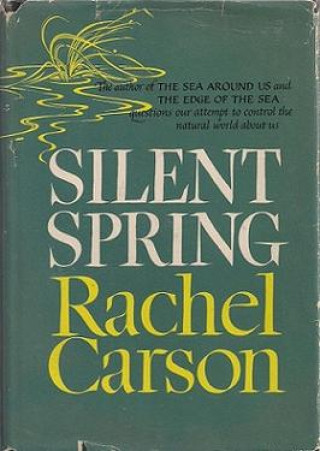For most of our history as a primarily hunter-gatherer and then agricultural species, insects were a natural force on par with the weather. We could no more summon their benefits or hold back their ravages than we could start or stop the wind. So, we lived with them, and adapted to them, as they did to us. Our relationship status has always been complicated, but insects fall into three major roles in terms of how they interact with humans—providers, destroyers, and vectors of disease. They are and have always been all three, and the shifting balance of these roles defines what might be our most important relationship with any other animal on Earth.
That balance began to fundamentally change in the early 20th century, when humans first gained the ability to rewrite the rules of the relationship. It started with a defining project of the time: the construction of the Panama Canal.
From its conception, the canal was a project as much of imperialism as it was of engineering. Whichever country controlled the connection between the Atlantic and Pacific oceans would gain enormous profit and power on the world stage. At first, it looked like that country would be France, having secured treaty rights to build the canal in 1878. But the mosquito had other plans. The region’s local Anopheles and Aedes mosquitoes carried malaria and yellow fever, and as soon as large numbers of French workers arrived, both spread wildly. By 1889, the French company tasked with building the canal was bankrupt, and at least 16,000 workers were dead.
The United States saw its opportunity, and when the American canal project started in 1904, President Teddy Roosevelt declared war on the mosquito. Unlike the French before them, the Americans were armed with new science on both the spread of the two diseases and the control of mosquito populations. Using new insecticides that targeted mosquito larvae, along with water treatment, removal of standing water and extensive mosquito netting, disease and death rates steadily dropped, and the canal opened for business in 1914.
